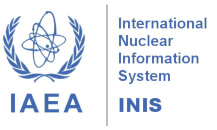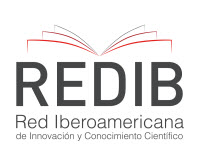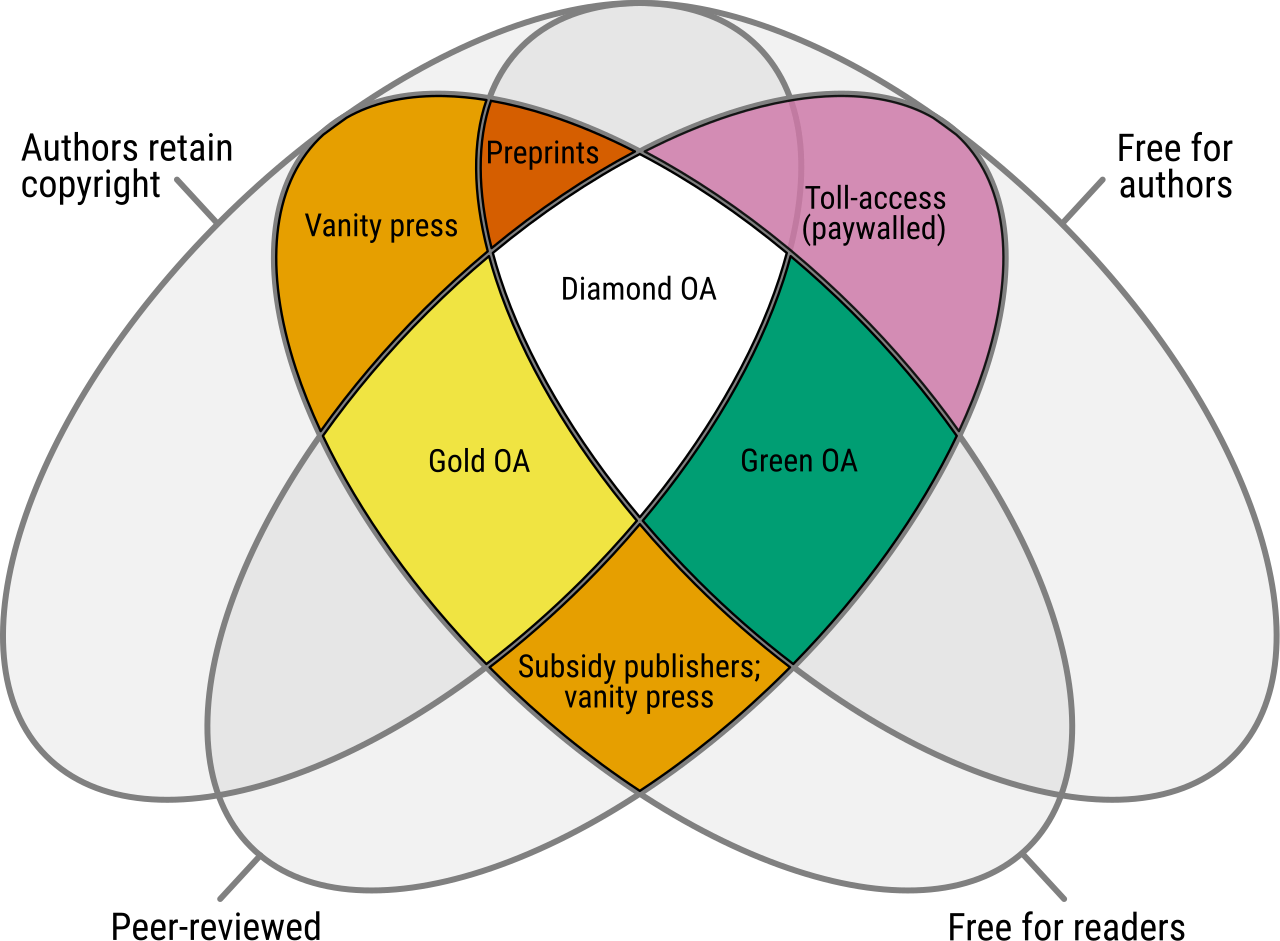Pequeno Reator Modular Baseado em NuScale com Base de Tório
DOI:
https://doi.org/10.15392/2319-0612.2025.2881Palavras-chave:
Núcleo do reator, Ciclo do combustível, NuScale, SMR, ciclos de combustível nuclearResumo
Este artigo propõe avaliar o conceito de elemento combustível, proposto por Radkwosky, que apresenta uma composição heterogênea com duas regiões distintas: uma região fértil no exterior e uma região físsil no interior. O conceito foi analisado comparando dados do núcleo convencional modelado com o código SERPENT. Os resultados obtidos foram utilizados para projetar um núcleo completo, com o objetivo de avaliar o desempenho, segurança e compará-lo com o núcleo original do Pequeno Reator Modular (SMR) da NuScale, atualmente em fase final de licenciamento. A análise da queima de combustíveis é fundamental para garantir um equilíbrio na queima dentro do núcleo, ajustar o coeficiente de reatividade, e gerenciar a queima de boro e outros venenos queimáveis, elementos cruciais para a segurança nuclear e a redução de resíduos de combustível. Foi verificado que é possível integrar esse novo conceito ao núcleo do PRM sem comprometer significativamente a segurança do reator. O estudo inclui diversas simulações computacionais, neutrônicas e termo-hidráulicas, fundamentais para validar a viabilidade e confiabilidade técnica deste novo conceito de combustível, oferecendo uma opção mais flexível e segura para a produção de energia nuclear em grande escala.
Downloads
Referências
[1] AlRashidi, M. R. a. E.-H. M. E., 2009. A Survey of Particle Swarm Optimization Applications in Electric Power Systems. IEEE Transactions on Evolutionary Computation, pp. 913-918. DOI: https://doi.org/10.1109/TEVC.2006.880326
[2] AlRashidi, M. R. A. M. F. E.-H. M. E. &. E.-H. F., 2010. Applications of computational intelligence techniques for solving the revived optimal power flow problem. Electric Power Systems Research, pp. 694-702. DOI: https://doi.org/10.1016/j.epsr.2008.10.004
[3] Andrew Johnson, D. K. S. T. a. G. R., 2020. serpentTools: A Python Package for Expediting Analysis with Serpent,. Nuclear Science Engineering. DOI: https://doi.org/10.1080/00295639.2020.1723992
[4] Barthel, F. a. T. H., 2019. Thorium: Geology, Occurrence, Deposits and Resources.
[5] Black, G., Shropshire, D. & Araújo, K., 2021. Small modular reactor (SMR) adoption: Opportunities and challenges for emerging markets. s.l.:Woodhead Publishing Series in Energy. DOI: https://doi.org/10.1016/B978-0-12-823916-2.00022-9
[6] C.A.Lobo, M. & Stefani, G. L. d., 2024. Thorium as nuclear fuel in Brazil: 1951 to 2023. Nuclear Engineering Design. DOI: https://doi.org/10.1016/j.nucengdes.2024.112912
[7] Carelli, M. D. e. a., 2010. Economic Features of Integral, Modular, Small-to-Medium Size Reactors. Nuclear Engineering and Design, pp. 3267-3276.
[8] Cunha, C. J. C. M. R. d. et al., 2024. Single heated channel analysis of the AP-Th 1000 concept. Nuclear Engeineering and Design, Volume 420. DOI: https://doi.org/10.1016/j.nucengdes.2024.113033
[9] Galperin, A. S. M. &. R. A., 1997. Thorium Fuel for Light Water Reactors – Reducing Proliferation Potential of Nuclear Power Fuel Cycle. Science & Global Security, pp. 265-290. DOI: https://doi.org/10.1080/08929889708426440
[10] Ghimire, L. a. W. E., 2023. Small Modular Reactors: Opportunities and Challenges as Emerging Nuclear Technologies for Power Production. Journal of Nuclear Engineering and Radiation Science, p. 044501. DOI: https://doi.org/10.1115/1.4062644
[11] Gonçalves, D. M. E., Silva, M. V. d., Cunha, C. J. M. d. & Daniel Artur Pal, a., 2024. Feasibility of Converting NuScale SMRs from UO2 to Mixed (Pu,Th)O2 and (U,Th)O2 Cores: A Parametric Study of the Seed-Blanket Fuel Assembly. Nuclear Engineering and Design, Volume 424. DOI: https://doi.org/10.1016/j.nucengdes.2024.113230
[12] Hussein, E. M., 2020. Emerging small modular nuclear power reactors: A critical review. Physics Open, p. 100038.
[13] Hussein, E. M., 2020. Emerging small modular nuclear power reactors: A critical review. Physics Open. DOI: https://doi.org/10.1016/j.physo.2020.100038
[14] IAPWS, 2008. IAPWS Industrial Formulation 1997 for the Thermodynamic Properties of Water and Steam. International Steam Tables: Properties of Water and Steam Based on the Industrial Formulation IAPWS-IF97, pp. 7-150. DOI: https://doi.org/10.1007/978-3-540-74234-0_3
[15] Ingersoll, D., 2014. Deliberately small reactors and the second nuclear era. Progress in Nuclear Energy, pp. 128-135.
[16] Ingersoll, M. D. C. &. D. T., 2021. Handbook of Small Modular Nuclear Reactors. s.l.:Woodhead Publishing Series.
[17] International Atomic Energy Agency, 2024. Advanced reactors information system (ARIS).. [Online] Available at: https://aris.iaea.org/sites/power.html
[18] Jain, N. N. U. &. J. J., 2018. A Review of Particle Swarm Optimization. Eng. India Ser. , pp. 407-411. DOI: https://doi.org/10.1007/s40031-018-0323-y
[19] Jyothi, R. K., Melo, L. G. T. C. d., M.Santos, R. & Yoon, H.-S., 2023. An overview of thorium as a prospective natural resource for future energy. Front. Energy Resources - Nuclear Energy. DOI: https://doi.org/10.3389/fenrg.2023.1132611
[20] Kecek, A., Tucek, K., Holmstrom, S. & Uffelen, P. V., 2016. Development of M5 Cladding Material Correlations in the TRANSURANUS code. JRC Technical Reports, Issue 1, pp. 1-53.
[21] Kennedy, J. &. E. R., 1995. Particle swarm optimization. Proceedings of ICNN'95 - International Conference on Neural Networks, pp. 1942-1948. DOI: https://doi.org/10.1109/ICNN.1995.488968
[22] Khorasani, S. &. H. S., 2018. Control rod pattern optimization in nuclear reactors using PSO algorithm. Annals of Nuclear Energy, pp. 334-343.
[23] Locatelli, G., Bingham, C. & Mancini, M., 2014. Small modular reactors: A comprehensive overview of their economics and strategic aspects. Progress in Nuclear Energy, pp. 75-85. DOI: https://doi.org/10.1016/j.pnucene.2014.01.010
[24] Luka Snoj, M. R., 2006. Calculation of Power Density with MCNP in TRIGA reactor. Nuclear Energy for New Europe.
[25] NuScale Power, 2020. Part 2 - Final Safety Analysis Report (Rev.5)- Part 02 -Tier 02 - Chapter 04 - Reactor - Sections 04.01, s.l.: NuScale.
[26] Pambudi, Y. D. S. a. W. W. a. K. B., 2016. Particle Swarm Optimization-Based Direct Inverse Control for Controlling the Power Level of the Indonesian Multipurpose Reactor. Science and Technology of Nuclear Installations, pp. 1-9. DOI: https://doi.org/10.1155/2016/1065790
[27] Radkowsky, A. &. G. A., 1998. The Nonproliferative Light Water Thorium Reactor: A New Approach to Light Water Reactor Core Technology. Nuclear Technology, pp. 215-222. DOI: https://doi.org/10.13182/NT98-A2921
[28] Radkowsky, A. &. G. A., 2000. Thorium Fuel for Light Water Reactors: Reducing Proliferation Potential of Nuclear Power Fuel Cycle. Nuclear Technology, pp. 215-222.
[29] Radkowsky, A., 1985. The Seed-Blanket Core Concept. Nuclear Science and Engineering, pp. 381-387. DOI: https://doi.org/10.13182/NSE85-A18485
[30] Rosner, R. & S, G., 2011. Small Modular Reactors–Key to Future Nuclear Power Generation in the US. Energy policy institute at Chicago.
[31] Silva, M. V. et al., 2024. Optimized modular nuclear reactor project utilizing artificial intelligence: Seed-blanket concept. Nuclear Engineering and Design. DOI: https://doi.org/10.1016/j.nucengdes.2024.113187
[32] Singh, A. K. &. L. D. K., 2012. A hybrid PSO-GSA algorithm for optimization of control rod patterns in nuclear reactors. Annals of Nuclear Energy, pp. 220-230.
[33] Stefani, G. L. d. et al., 2023. Feasibility to convert the NuScale SMR from UO2 to a mixed (U,Th)O2 core: Parametric study of fuel element - Seed-blanket concept. World Journal of Nuclear Science and Technology.
[34] Todreas, N. E. & Kazimi, M., 2011. Nuclear Systems I -Thermohydraulic fundamentals. s.l.:Taylor & Francis. DOI: https://doi.org/10.1201/b14887
[35] Tong, G., Zhang, S., Wang, W. & Yang, G., 2023. A particle swarm optimization routing scheme for wireless sensor networks. Transactions on Pervasive Computing and Interaction. DOI: https://doi.org/10.1007/s42486-022-00118-1
[36] Valtavirta, E. F. a. Y. B. a. V., 2023. Definition of the neutronics benchmark of the NuScale-like core. Nuclear Engineering and Technology, pp. 3639-3647. DOI: https://doi.org/10.1016/j.net.2023.06.029
[37] Westinghouse, 2011. AP1000 Design Control Document Rev. 19. , ML11171A500, 2011, s.l.: U.S. Nuclear Regulatory Commission.
[38] Xu, Q. a. W. T. a. W. W., 2021. Nonlinear Dissipative Particle Swarm Algorithm and Its Applications. IEEE Access, pp. 158862-158871. DOI: https://doi.org/10.1109/ACCESS.2021.3131167
[39] Xu, Y. J. S. W. G. &. L. Z., 2021. Nonlinear dissipative particle swarm optimization algorithm for nuclear reactor core design. Annals of Nuclear Energy, p. 108124.
[40] Yang, X.-F. X. a. W.-J. Z. a. Z.-L., 2002. Dissipative particle swarm optimization. Proceedings of the 2002 Congress on Evolutionary Computation. CEC'02 (Cat. No.02TH8600), pp. 1456-1461.
Downloads
Publicado
Edição
Seção
Categorias
Licença
Direitos autorais (c) 2025 Diego M. E. Gonçalves, Marcelo Vilela da Silva, C. J. C. M. R. da Cunha, Giovanni L. Stefani

Este trabalho está licenciado sob uma licença Creative Commons Attribution 4.0 International License.
Declaro que o presente artigo é original, não tendo sido submetido à publicação em qualquer outro periódico nacional ou internacional, quer seja em parte ou em sua totalidade. Declaro, ainda, que uma vez publicado na revista Brazilian Journal of Radiation Sciences, editada pela Sociedade Brasileira de Proteção Radiológica, o mesmo jamais será submetido por mim ou por qualquer um dos demais co-autores a qualquer outro periódico. Através deste instrumento, em meu nome e em nome dos demais co-autores, porventura existentes, cedo os direitos autorais do referido artigo à Sociedade Brasileira de Proteção Radiológica, que está autorizada a publicá-lo em meio impresso, digital, ou outro existente, sem retribuição financeira para os autores.
Licença
Os artigos do BJRS são licenciados sob uma Creative Commons Atribuição 4.0 Licença Internacional, que permite o uso, compartilhamento, adaptação, distribuição e reprodução em qualquer meio ou formato, desde que você dê o devido crédito ao (s) autor (es) original (is) e à fonte, forneça um link para a licença Creative Commons, e indique se mudanças foram feitas. As imagens ou outro material de terceiros neste artigo estão incluídos na licença Creative Commons do artigo, a menos que indicado de outra forma em uma linha de crédito para o material. Se o material não estiver incluído no licença Creative Commons do artigo e seu uso pretendido não é permitido por regulamentação legal ou excede o uso permitido, você precisará obter permissão diretamente do detentor dos direitos autorais. Para visualizar uma cópia desta licença, visite http://creativecommons.org/licenses/by/4.0/






















